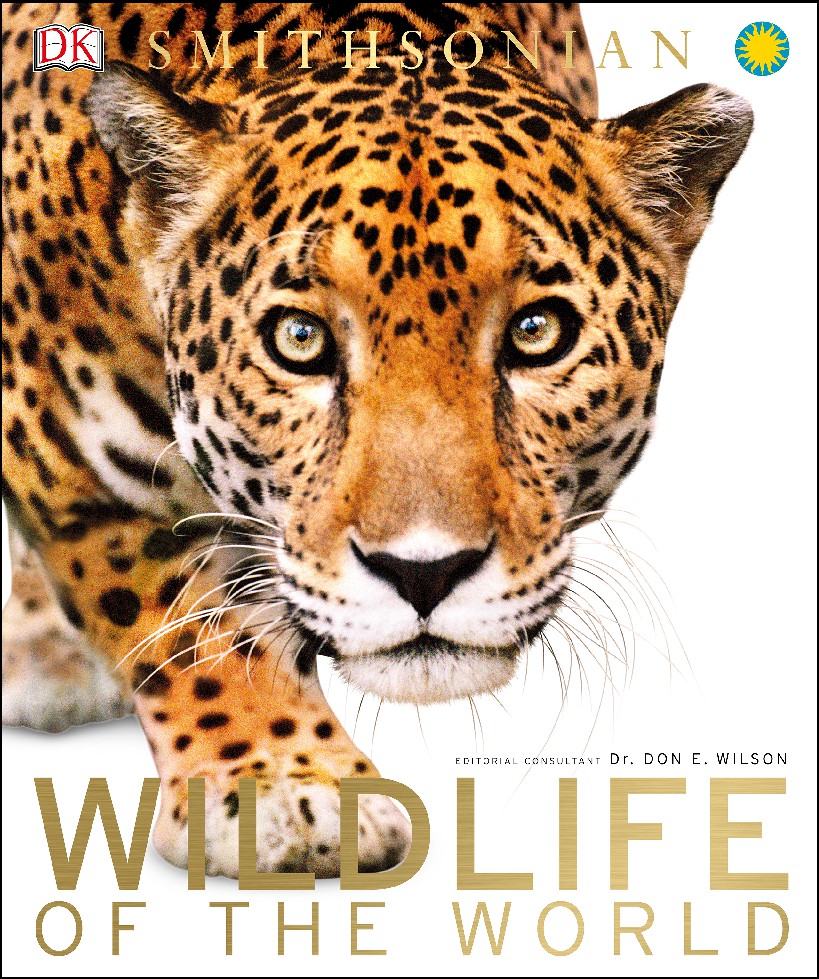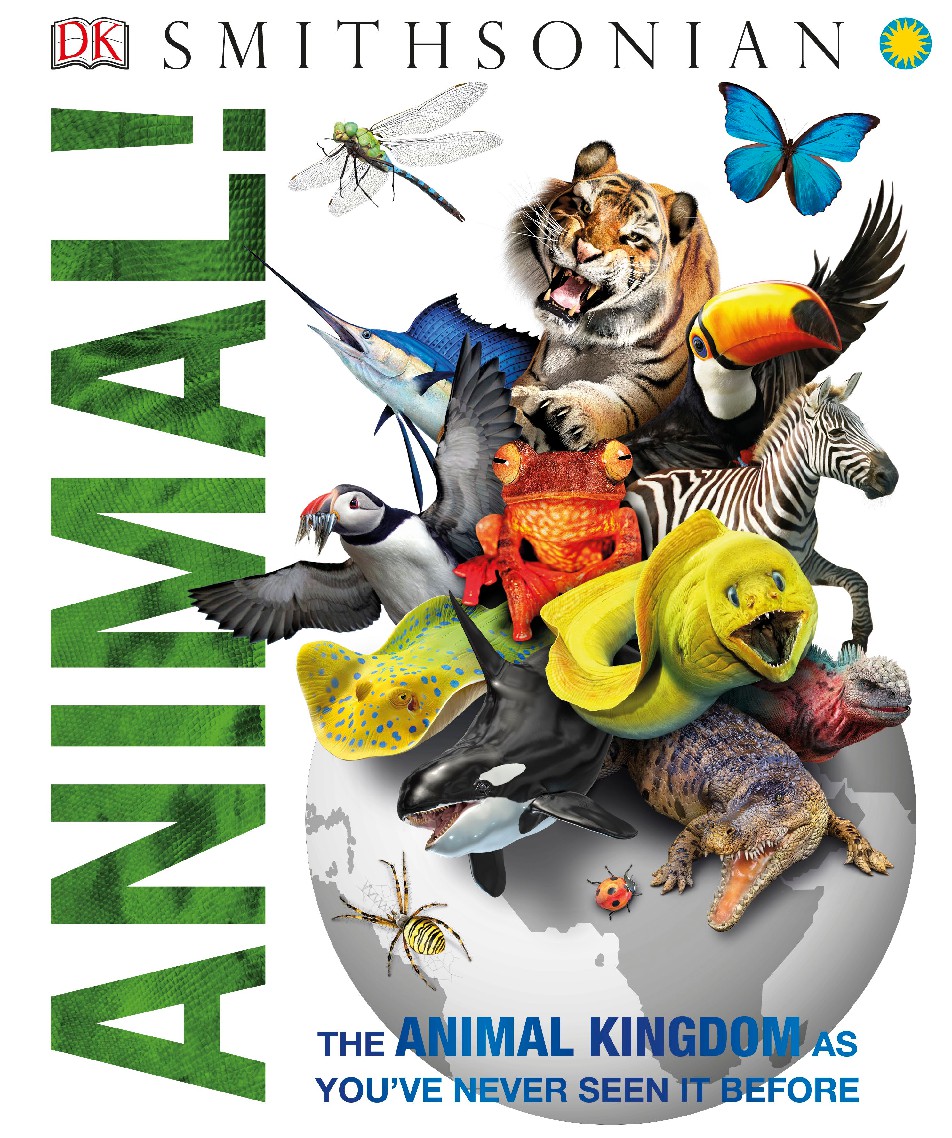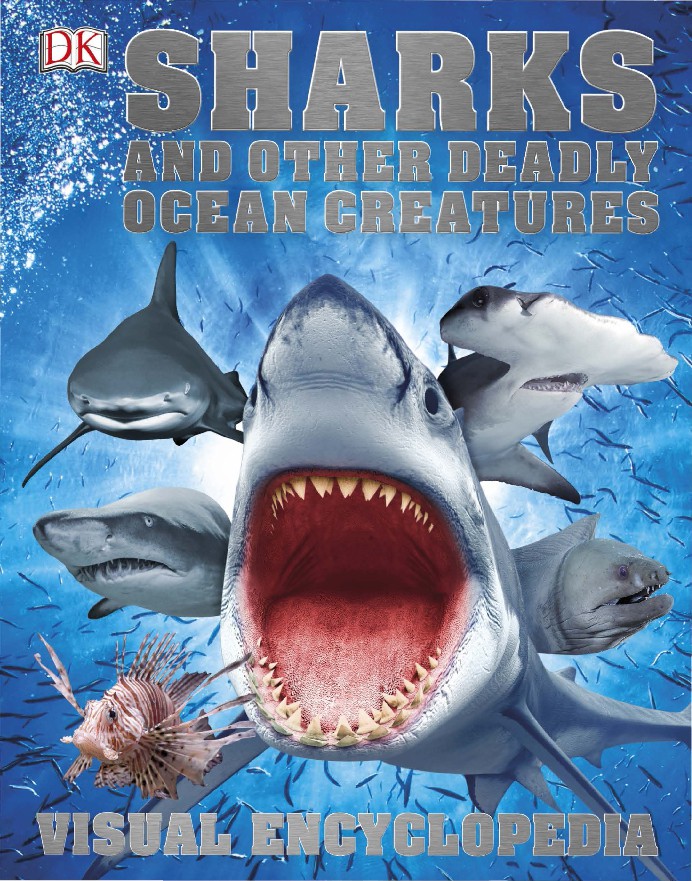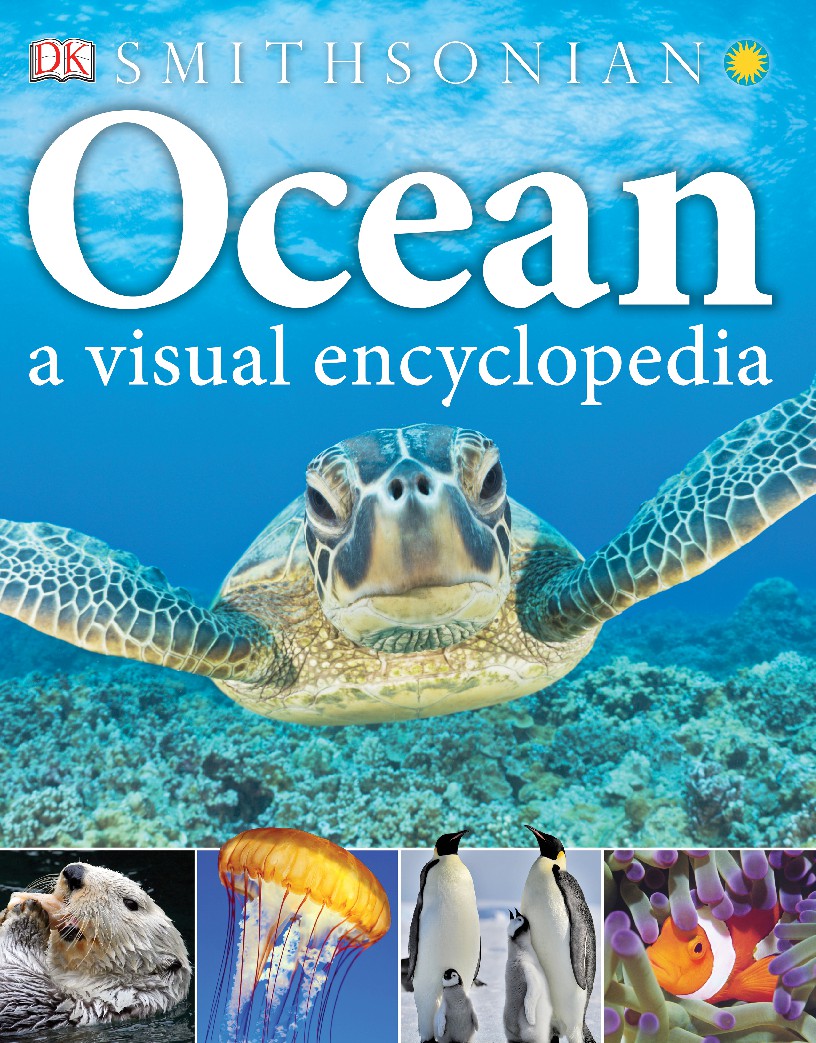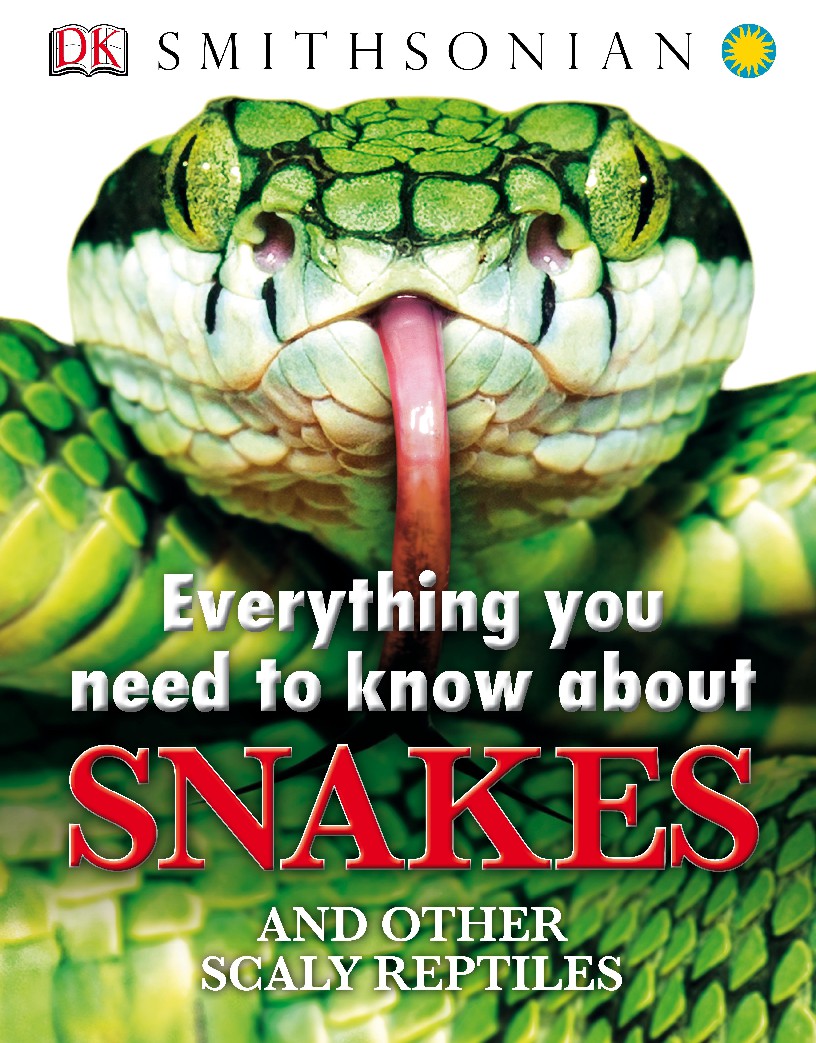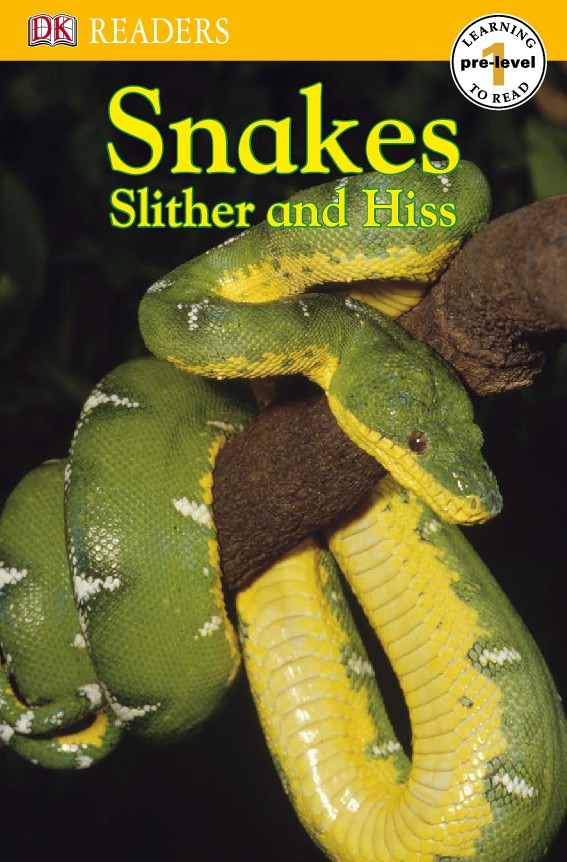Book Details

Encyclopedia of Insects 2nd Ed
I would say that creating an encyclopedia of insects was a herculean
task, but I think that sells the enterprise short. After all,
Hercules only had twelve labors assigned to him, and twelve
years to complete them — with insects, there are over 900,000 different
species and many, many more stories to tell. Twelve years from
now, there will likely be even more. Why, then, would anyone undertake
the seemingly impossible task of compiling an encyclopedia of
insects? To an entomologist, the answer is obvious. For one thing,
there’s the numbers argument — over 70% of all known species are
insects, so if any group merits attention in encyclopedic form, surely
it’s the one that happens to dominate the planet. Moreover, owing
in large part to their staggering diversity, insects are in more different
places in the world than virtually any other organism. There are
insects in habitats ranging from the High Arctic to tropical rainforests
to petroleum pools to glaciers to mines a mile below the surface
to caves to sea lion nostrils and horse intestines. About the only
place where insects are conspicuously absent is in the deep ocean
(actually, in deep water in general), an anomaly that has frustrated
more than a few entomologists who have grown accustomed to world
domination. Then there’s the fact that insects have been around for
longer than most other high-profi le life-forms. The fi rst proto-insects
date back some 400 million years; by contrast, mammals have been
around only about 230 million years and humans (depending on how
they’re defi ned) a measly one million years.
Author: Vincent H. Resh
Pages: 1169
Issue By: eBook 707
Published: 3 years ago
Likes: 1

